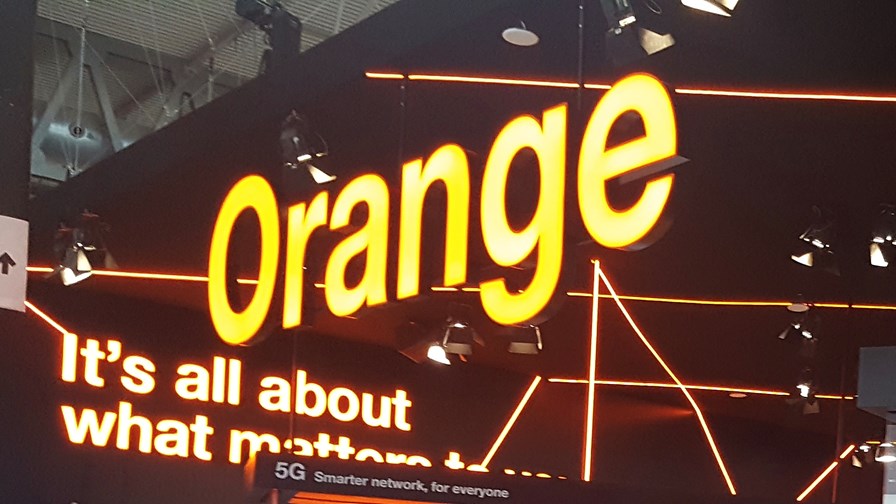
Orange
- Open RAN deployment planned in Central African Republic
- Parallel Wireless and i engineering selected for rollout
- Rural deployment a proving ground for Open RAN economics
Orange, one of the biggest telco supporters of Open RAN technology, is to put the alternative radio access network technology to work in one of its African markets in what looks like a proving ground for the Open RAN economic case.
The operator is to deploy Open RAN technology in the small land-locked nation of Central African Republic (pop. <5 million), where Orange is seeking to expand its rural coverage. Parallel Wireless is supplying the Open RAN technology, while i engineering is acting as the integrator and cell site manager. Orange plans to use Open RAN technology in multiple markets across Africa, where it is active in 17 countries (mostly in western Africa).
Orange, like other operators, needs to find ways to make building and running networks more cost-efficient and is hoping that, at least in some scenarios, running software-defined open RAN functions on white box hardware will help it operate profitably in low ARPU markets such as the Central African Republic, where Orange currently has 720,000 customers.
The move is part of Orange’s IDEAL (Include Digital in Every African Life) initiative, which aims to provide affordable digital services to those currently not connected.
"The combination of RAN openness and virtualization, automation and new revenue-generating opportunities will enable Orange to lead the market to meet the needs of our customers most effectively in Central African Republic,” noted Hervé Suquet, CTIO, Orange Middle East & Africa, in a press release about the deployment. “Indeed, thanks to this technology, Orange RCA will provide to rural populations the full range of services (voice, data and Orange Money), already provided in urban areas.”
In many ways this looks like a commercial testing ground for Orange: Central African Republic is its smallest market so the risks associated with the deployment are relatively low, but it will learn a lot about whether it’s worth using the same model in other markets.
Of course, if the deployment, integration, rollout and launch is successful and Orange can increase its customer base, getting new users for its Orange Money and other services, then that’ll be good news for Orange, for other operators looking for alternative ways to expand their mobile networks in challenging markets, and also for Parallel Wireless, which will be hoping to get further business with Orange.
That’s a lot of ‘ifs’ but Orange will really want to make this happen: Its Middle East and Africa division has been a consistent economic growth driver in recent years, and grew by 6.2% year-on-year in the first quarter of this year to €1.45 billion. There’s further growth in terms of subscriber numbers and revenues to be had across the continent, particularly as Orange develops its digital services portfolio (financial services have been a particular success), but it has to be done profitably.
In addition, Orange was one of the lead operators that set up the O-RAN Alliance, the organization that has been developing open RAN specifications for the past few years, so it is incentivized to make this work and be seen to commit to an industry effort it has backed.
This deployment in the Central African Republic may be small, but for Orange and others it is important.
- Ray Le Maistre, Editorial Director, TelecomTV
Email Newsletters
Sign up to receive TelecomTV's top news and videos, plus exclusive subscriber-only content direct to your inbox.




